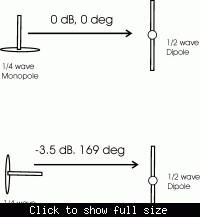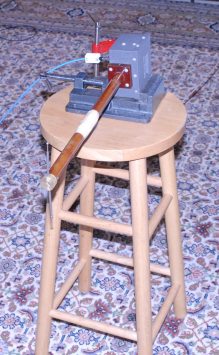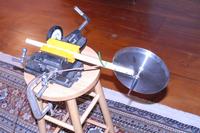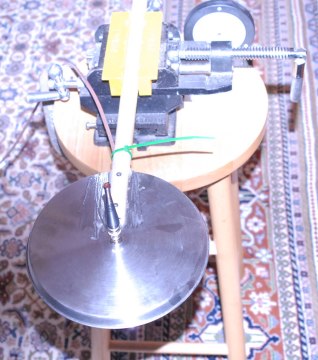biff44
Advanced Member level 6
- Joined
- Dec 24, 2004
- Messages
- 5,045
- Helped
- 1,376
- Reputation
- 2,748
- Reaction score
- 1,055
- Trophy points
- 1,393
- Location
- New England, USA
- Activity points
- 37,896
Does anyone know how to even start figuring out the transmission path phase (and less importantly to me, the path loss) of this relatively simple structure? I have two monopoles with small circular ground planes. They are separated by a distance of around 3-5 meters. The two monopoles are not in the same orientation to each other, i.e. the one on the left hand side can be tilted/rotated to any direction, while the one on the right hand side stays fixed.
I have done some searches on the web, but have only come up with the most pedestrian of articles, usually only predicting the Eθ component.
I need something to take into accout the polarization mismatches.
Any ideas where to start? (p.s. I am not an antenna guy!)
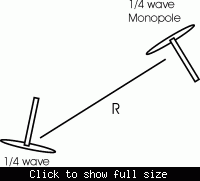
Added after 7 minutes:
Drawing is not to scale. And I am only interested in the far field.
I have done some searches on the web, but have only come up with the most pedestrian of articles, usually only predicting the Eθ component.
I need something to take into accout the polarization mismatches.
Any ideas where to start? (p.s. I am not an antenna guy!)

Added after 7 minutes:
Drawing is not to scale. And I am only interested in the far field.
